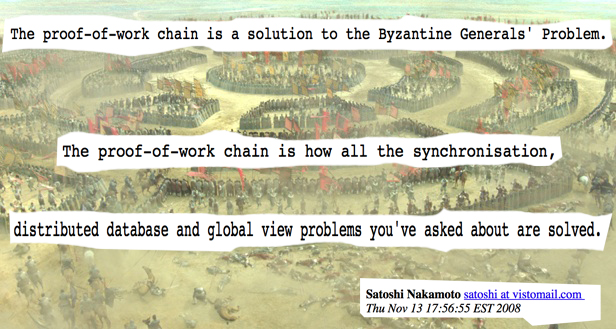
On Oct. 31, 2008, at 2:10 p.m. EDT, the creator of the Bitcoin network, Satoshi Nakamoto, announced the publication of the protocol’s whitepaper using a Vistomail email address. It’s now been 10 years to the day since Satoshi’s idea was first revealed to the world — an idea that unleashed the first pure peer-to-peer version of electronic cash.
Also read: Coinbase Raises $300 Million, Reaching $8 Billion Valuation
The Bitcoin Whitepaper:
Eight Pages of Pure Innovation
The Bitcoin whitepaper is an essential read for anyone who wants to understand the innovation behind the first cryptocurrency network to be powered by a secure proof-of-work (PoW) system. There is nothing quite like Satoshi’s whitepaper or the Bitcoin network itself, even though a myriad of similar protocols and whitepapers have popped up over the past decade. Rather than having a centralized third party, Satoshi’s paper describes a “system based on cryptographic proof instead of trust.”
“A purely peer-to-peer version of electronic cash would allow online payments to be sent directly from one party to another without going through a financial institution,” he said to anyone who would listen on a cryptography mailing list.
Staving Off the Byzantine General
However, unlike the droves of theoretical papers written about online currencies before Bitcoin, the original whitepaper captured the essence of the entire network, well before it launched on Jan. 3, 2009. Since then we have seen this grand digital asset experiment play out, as the technology has gained value and mainstream attention over the years.

We’ve seen the power of Nakamoto consensus create a computational system that has shielded any attempts at a “Byzantine Generals’ attack” for 10 years. “The network timestamps transactions by hashing them into an ongoing chain of hash-based proof-of-work, forming



